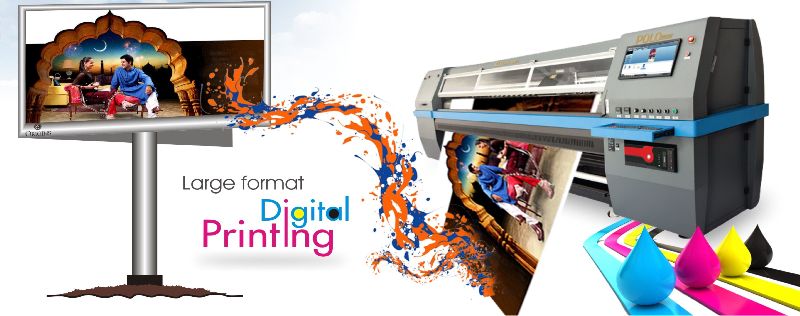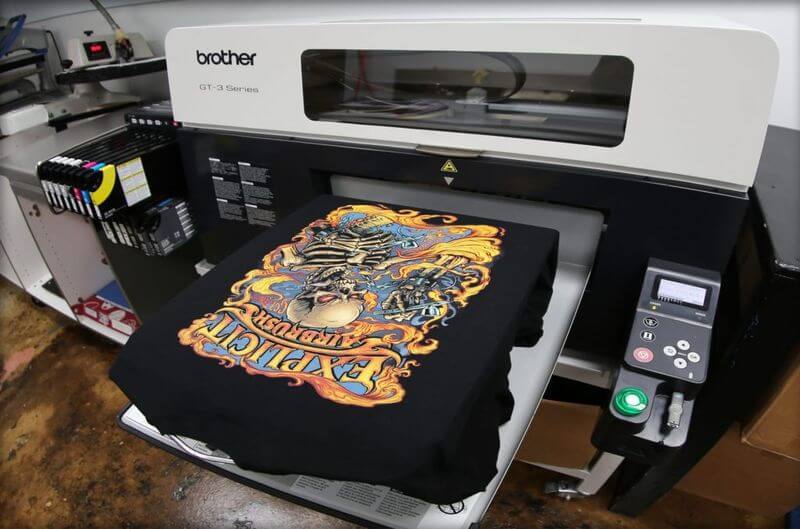More About Digital Printing
More About Digital Printing
Blog Article
Top Guidelines Of Digital Printing
Table of Contents9 Easy Facts About Digital Printing DescribedThe 5-Second Trick For Digital PrintingAll About Digital PrintingAll about Digital PrintingThe Ultimate Guide To Digital PrintingSome Known Facts About Digital Printing.Not known Details About Digital Printing The Greatest Guide To Digital Printing
Modification additionally permits organizations to stand out in a crowded market by creating unique advertising and marketing products that distinguish them from their competitors. One of the main advantages of electronic printing is the capability to print variable data. Each printed piece can be unique, permitting organizations to produce customized marketing products that talk directly to their target market.Digital printing also permits for personalization in the design of advertising products (Digital Printing). With electronic printing, businesses can produce designs that are special and tailored to their specific requirements.
Digital Printing Can Be Fun For Everyone
By printing smaller amounts of marketing materials, companies can minimize waste and stay clear of the need for excess inventory. Digital printing is also versatile.
By utilizing different materials and formats, businesses can develop unique marketing materials that stand out from their competitors and stand out from their target audience. Digital printing likewise offers consistency. With traditional printing methods, there is frequently variant between prints because of differences in ink coverage, pressure, and other factors.
This uniformity can help construct client trust and trustworthiness, showing that the company is committed to offering premium products. Consistency is specifically essential for organizations that wish to develop customer trust and integrity. By making sure that every print corresponds, services can reveal that they are devoted to supplying premium products and focusing on the details.
Things about Digital Printing

On top of that, digital printing creates less waste since it can print as needed and in smaller amounts, lowering the demand for excess stock and products. Digital printing also utilizes much less energy compared to conventional printing methods. Digital printers do not require as much energy to run, as they do not require to warm up as much or make use of as much power to run.
Get This Report on Digital Printing

Balanced out printing requires a plate for each color published. Typical countered printing is a print technique that uses aluminum plates to move ink onto a rubber sheet (typically described as a "covering"). The picture is then rolled onto the printing surface area. This printing technique is considered "balanced out" since the ink is not moved to the paper directly.
Things about Digital Printing
The equipment's set-up expenses are high at first, extra units become reasonably much less costly as the quantity increases. Balanced out printing permits for a large range of print materials to be used during production. It allows the printer to make use you can find out more of different paper kinds, custom-made surfaces, and different inks. The high-quality photos produced through balanced out printing make it the recommended approach, particularly amongst visuals developers, when seeking the greatest shade recreation, information, and professional-looking prints.
For electronic inkjet printing, ink is moved directly onto the surface. Instead than relying on light weight aluminum plates and rubber coverings to transfer a picture, electronic printing utilizes liquid ink during manufacturing.
Digital Printing Fundamentals Explained
Due to the fact that balanced out printing can mix custom-made color inks for each task, it will naturally get the shades spot-on. Count on offset printing for tidy, distinct kinds and photos without touches or areas.
It sets you back a great deal to begin an offset work. You need to spend cash right into developing home plates, which requires time. Once you have actually invested it, all of the products are all set to go, and you'll spend less on big offset work than an electronic print, which is about the very same per piece no matter just how huge the job gets.
Each print is similar. You risk less weird variants triggered by inequalities in water and ink. Digital printing is less pricey for low-volume jobs. The cost each goes down for electronic printing, recommended you read so at some point, they crisscross. Altering information within a solitary print job. As an example, say you were publishing out postcards promoting a show.
Digital Printing Fundamentals Explained
While electronic printing or inkjet printing is the recommended selection in the existing times, there are compelling reasons to convert from balanced out to digital printing systems. When printing countered or electronically, essential choices and procedures are included in color matching.
Industrial inkjet printing offers versatility for printing on several different substrates. Digital printing is perfect for customers that do not need longer runs and warehousing products.

One advantage of digital printing is selecting from a vast variety of digital substratums. With electronic printing, the expense of the substratum in the overall job is minuscule.
Digital Printing for Beginners
drop-on-demand is the 2nd printing modern technology to take into consideration. Continuous inkjet systems need considerable maintenance, more operator training, and greater downtime. However, tools prices in inkjet printing are far lower than offset printing as there are no plate-making, plates, and press expenses. Past the capital spending, the prepress tools and printing presses need extremely proficient operators in countered printing, which includes labor expenses.
Report this page